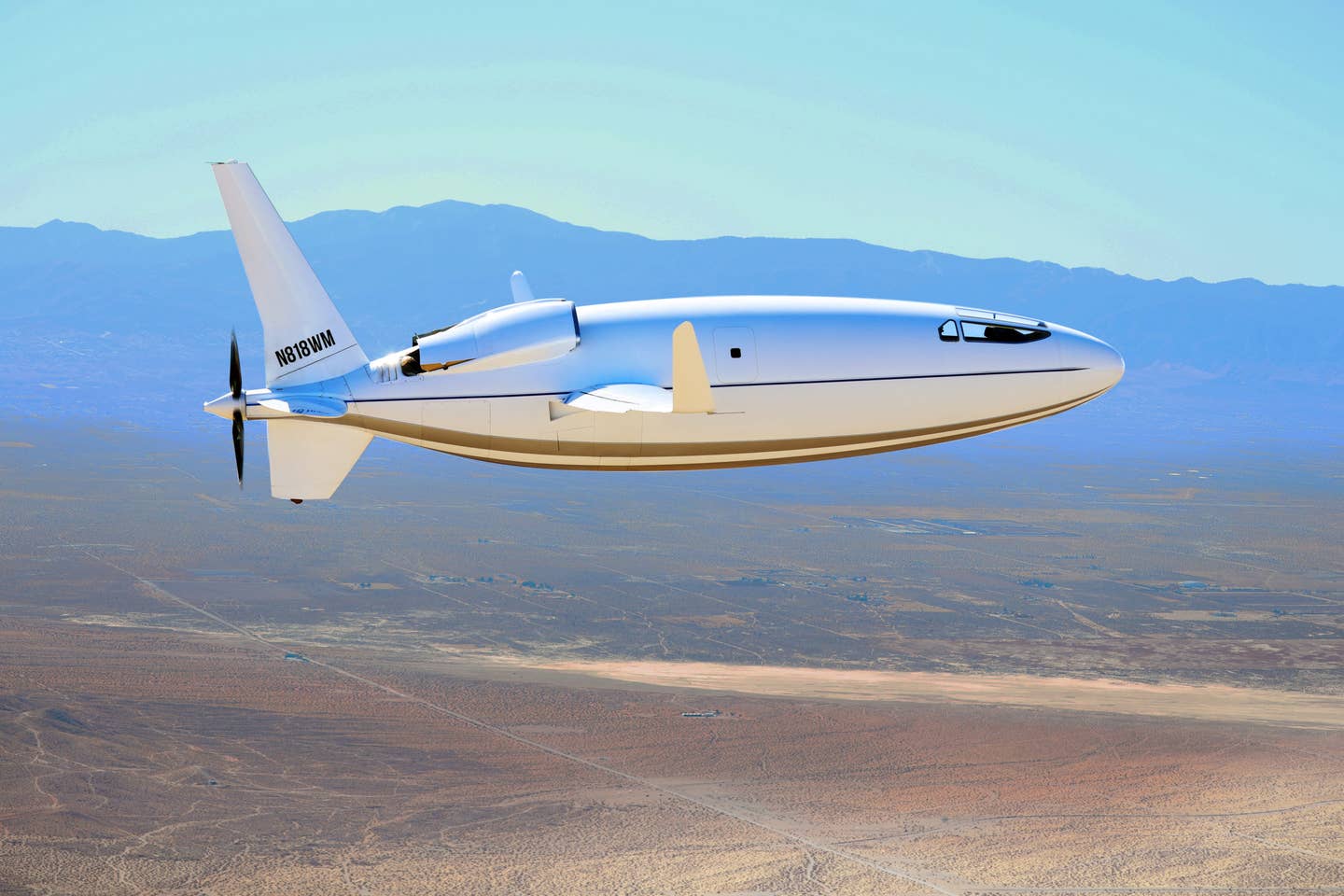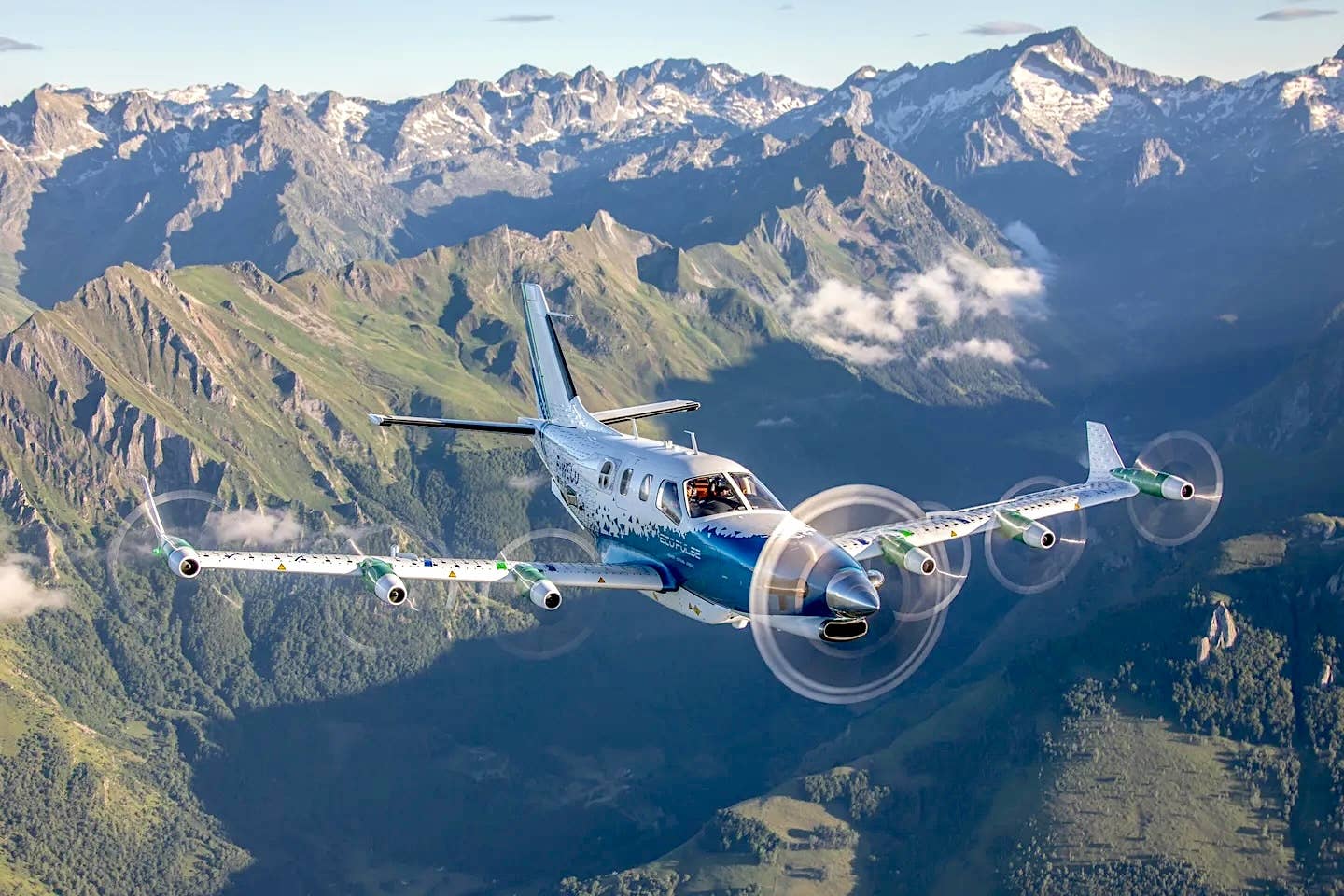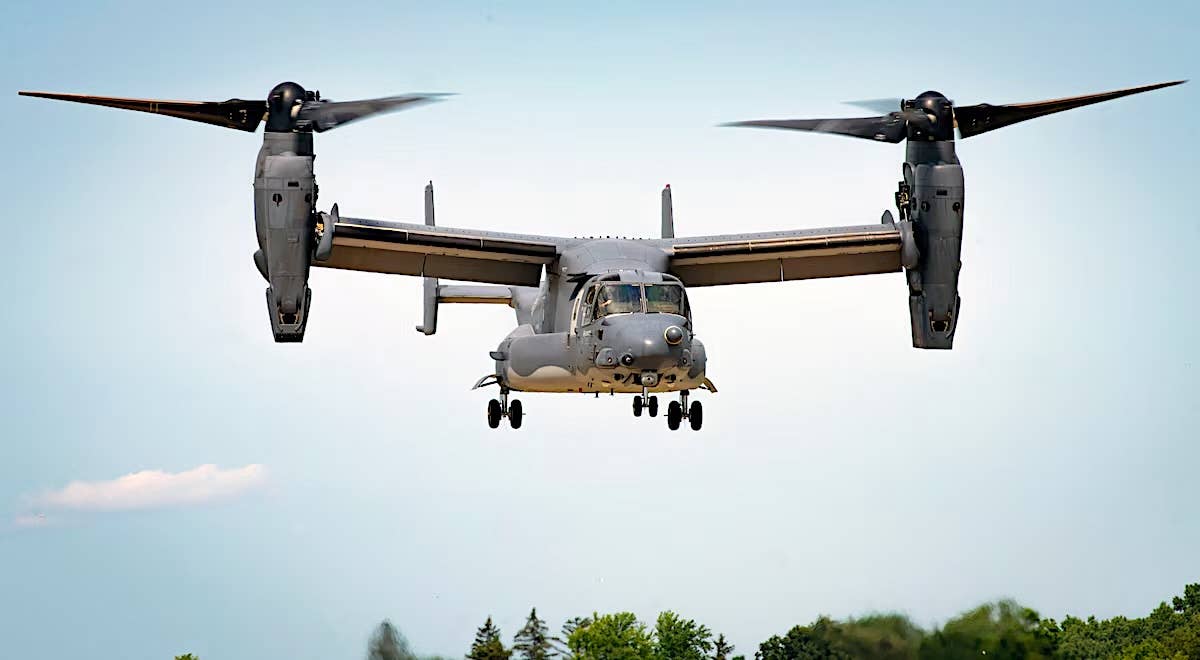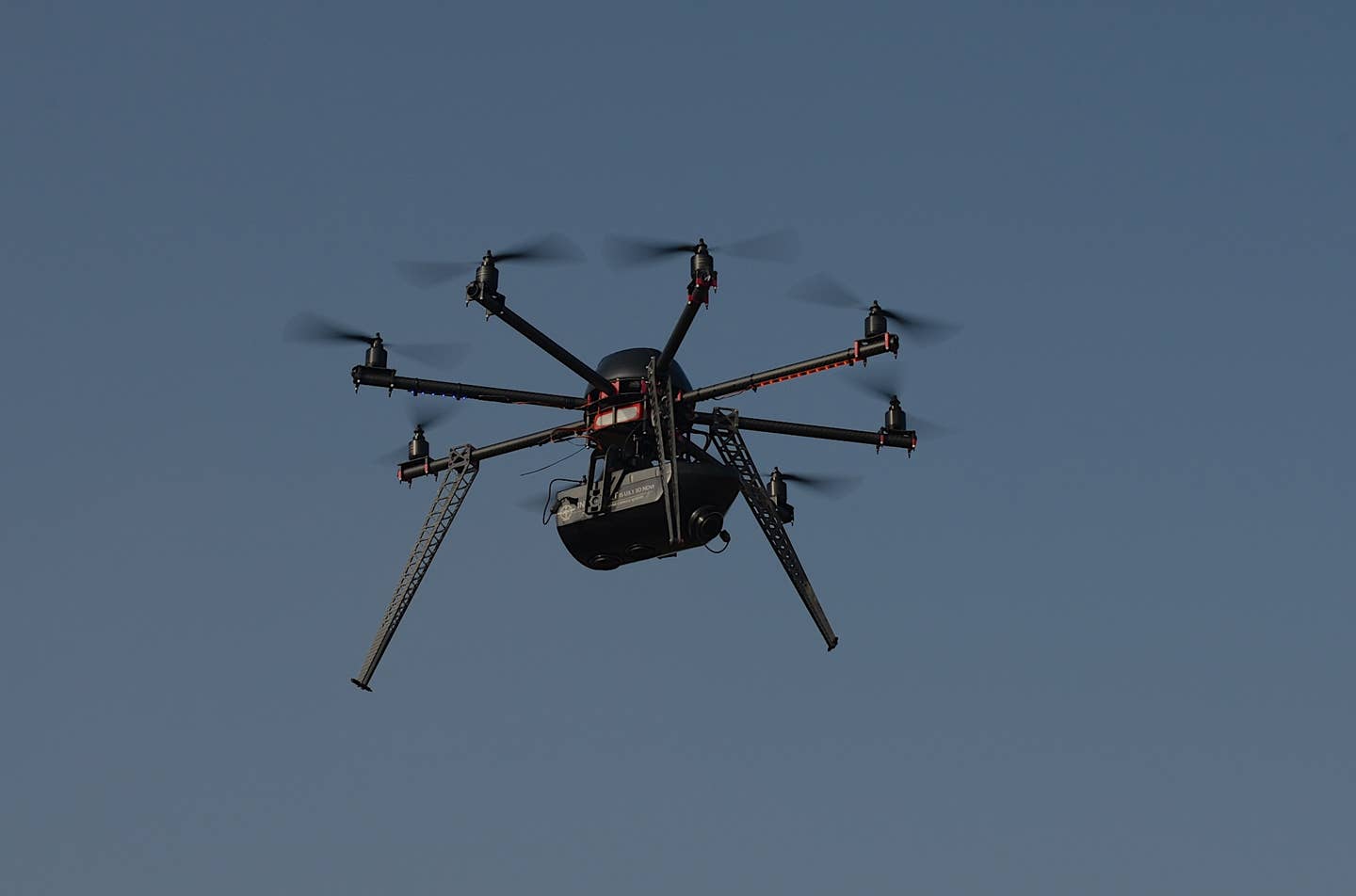Otto Aviation Officially Introduces Celera 500L (Corrected)
Otto Aviation officially unveiled its Celera 500L clean-sheet passenger aircraft on Wednesday, stating that its full-scale prototype has already completed 31 successful test flights. According to the company, the Celera…

Image: Otto Aviation
Otto Aviation officially unveiled its Celera 500L clean-sheet passenger aircraft on Wednesday, stating that its full-scale prototype has already completed 31 successful test flights. According to the company, the Celera will offer an 80 percent reduction in carbon emissions compared to a similar business aircraft. In addition to passenger travel, Otto is marketing the aircraft for cargo and military applications.
“Our goal was to create a private aircraft that would allow for direct flights between any city pair in the U.S. at speeds and cost comparable to commercial air travel,” said Otto Aviation chairman and chief scientist William Otto Sr. “Since the results from our prototype test flights have been so promising, we’re ready to bring the Celera 500L to market.”
As previously reported by AVweb, the Celera 500L prototype was spotted undergoing taxi testing in June 2019 after over a decade of quiet development. The six-passenger aircraft is expected to have a top cruise speed of 460 MPH, 4,500-NM range, fuel economy of 18 to 25 miles per gallon and glide ratio of 22:1. The all-composite Celera is powered by the RED A03 engine, which is certified to operate on Jet A1 and biodiesel. Otto projects that the model’s hourly operating costs will come in at around $328.






